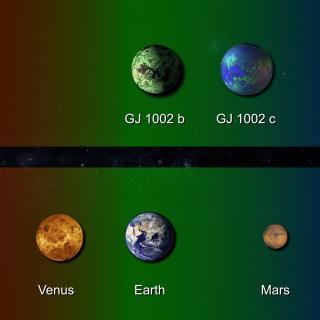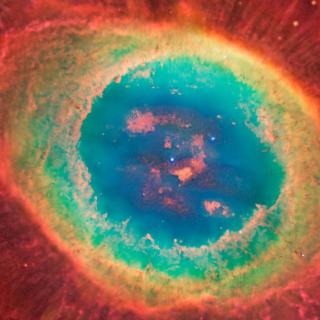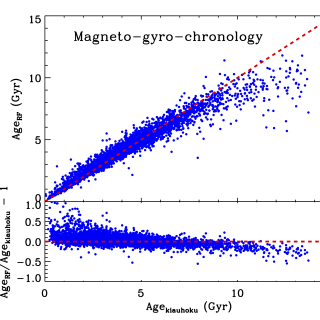Using images from the HST archive of the Ha and [OIII] l5007A emission lines that are 6.84 years apart, variability in the temperature and density of ionized gas has been detected in intervals of one hundredth of a pc. The temperature variations are in the order of tens of degrees centigrade. Possible mechanisms for explaining this variability have been put forward, including the reconnection of magnetic fields induced by supersonic turbulence in the HII region. At the same time, it has been possible to detect and map the field of motion of gas driven by young or forming stellar winds (Herbig-Haro objects) inside the nebula (L. Gutiérrez, J.E. Beckman, C. Giammanco.)
![Composite image of the Orion Nebula in the [NII], Ha and [OIII] emission lines, codified respectively in red, green and blue. The details in black and white, to the side, illustrate the fields of motion divided into two zones of the nebula during the extr Composite image of the Orion Nebula in the [NII], Ha and [OIII] emission lines, codified respectively in red, green and blue. The details in black and white, to the side, illustrate the fields of motion divided into two zones of the nebula during the extr](/sites/default/files/styles/crop_rectangle_21x9_to_1280/public/images/news/resultados2_2.jpg?itok=_gB2K7Vp)


